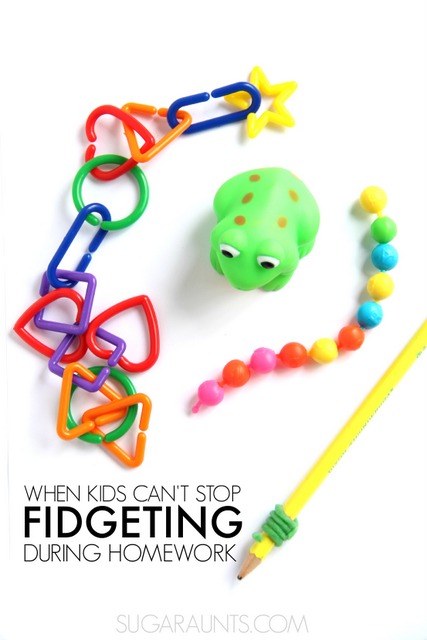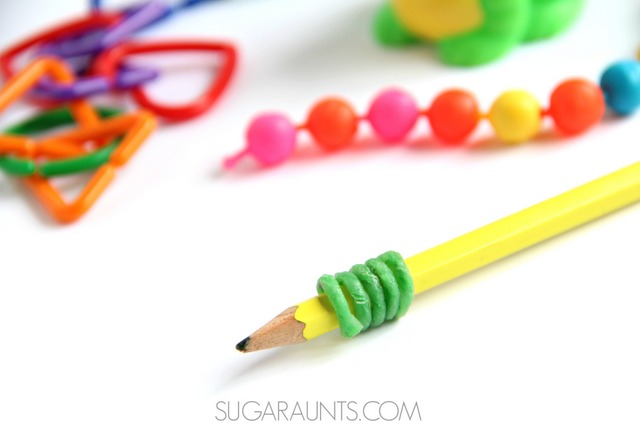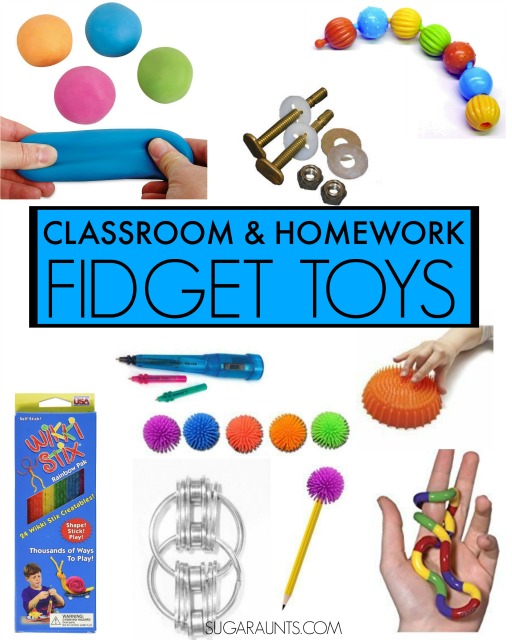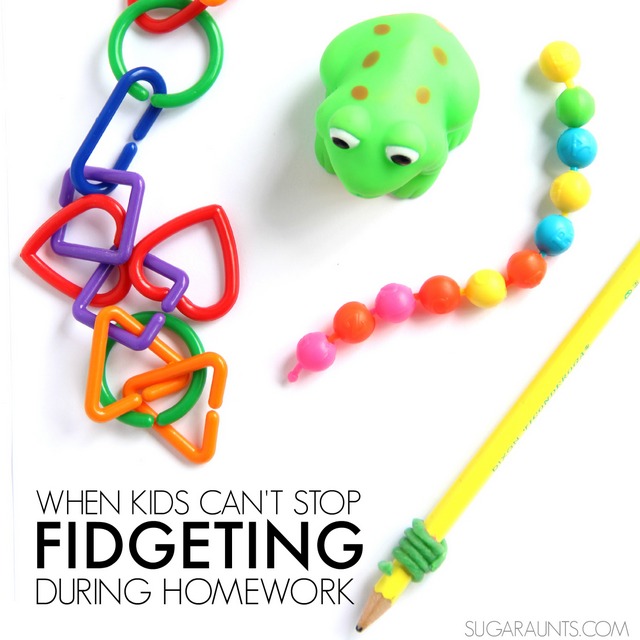Ooooh, those wiggles. The wiggles start and then they become so distracting. It’s hard to concentrate on homework when the fingers are messing with the pencil sharpener, the feet are kicking, and the bottoms are sliding all over the chair. Mom gets frustrated, the kiddo gets upset, and the homework battle continues. Does this sound familiar?
Amazon affiliate links are included in this blog post. As an Amazon Influencer, I earn from qualifying purchases.
Fidgeting during homework
Struggles with concentrating on homework can be far more than just the math facts that need practicing. Sometimes, the urge to fidget and move and fall out of the chair is just too overwhelming.
It may be that your child has a sensory need, or it may just be a long day followed by an overstimulating bus ride home…and then having to sit down for more writing, math, spelling, and vocabulary. Trying to get the homework done with the fidgets is just not easy for any kid.
Today, I’ve got tips for doing homework when kids just can’t stop fidgeting. This post is part of our 31 Days of Occupational Therapy with free (or mostly free) materials. We’re hoping this resource is helpful for the fidgets!

Tips for helping with Fidgeting during homework
So why do kids fidget? Fidgeting during work stimulates the brain, allowing a child to complete school work or homework. Fidgeting is mindless play or touching fingers, pencils, hands…anything that allows a person to focus on the task at hand.
Kids that are fidgeting are seeking calm, and focus so that their brain can complete a task. The problem is when the brain’s urge to fidget distracts a child from school tasks.
They might be so wiggly and moving that they just can not sit still and focus in a functional manner. Fidgeting can be managed with less distracting techniques which can allow the child to accomplish the homework, and move on to other things.
Solutions for Fidgeting During Homework
Try some of these techniques to help with the fidgeting. These are certainly methods that can be adapted to classrooms, but I wanted to focus on the kiddos that come home from a long day at school and just need strategies for success in homework.
A DIY fidget toy can be just the tool that helps.
- Brain Breaks: Do jumping jacks as you spell words with your child, toss a ball as you practice math facts, or do a quick jog around the house between math papers.
- Forget the dining room table. Do homework on a bean bag or a pile of pillows using a clipboard. Kids with sensory needs often times, crave proprioceptive input and an upright chair can be overly distracting, especially after sitting in a desk at school.
- Or, forget sitting down all together! Try completing homework while standing up.
- Tie a bungee cord around the chair’s legs so that your child can kick and stretch their feet.
- Partially blow up a beach ball. Place this on the chair’s seat. Kids can sit on the beach ball to get needed movement during homework.
- Provide a small bit of play dough.
- Squeeze balls
- Wrap Wikki Sticks around a pencil.
- Pipe cleaners wrapped in a loose ball.
- A small bouncy ball and a cup.
- Rubber bands on a ruler
- A strand of paper clips
- Pop beads
- Bubble Wrap
- Paper binder clip
- Provide a chewy snack at the same time as homework. This might include gum, raisins, celery, carrots, fruit leather or fruit roll-ups, or licorice sticks. You could also try therapy rubber tubing.
- Another snack idea is a thick smoothie in a straw. Try one of these recipes, with added ice for a thicker smoothie.
- Drink water from a “squeeze bottle” or sports bottle.
- Chair push-ups: Show the child how to push up from their chair, by placing their hands on the seat alongside each leg. Slowly, they should push their upper body up and off the chair. Do a set of 10 chair push-ups before returning to homework tasks.
- Roll a tennis ball under their foot. They can roll the ball back and forth under their feet as they work.
- Eliminate distractions (as much as possible in a busy family’s home.)
- Begin homework at the same time each day. Keep routines consistent.
- Set up a homework station and do homework in the same place each day.


Toys and Tools to Help with Fidgeting
Amazon affiliate links below:
The Tangle Jr. Original Fidget Toy (affiliate link) will keep fingers and hands busy so kids can concentrate on homework or school work.
A ball of play dough or this Pull and Stretch Bounce Ball (affiliate link)
is a good way to keep kids’ hand occupied as they move with the small motor proprioceptive input. This heavy work for the hands can allow kids to concentrate as they write.
The DESK BUDDY (affiliate link) is great for kids who are doing homework as it can sit on a table surface or it can be a hand-held sensory fidget toy.
A pencil topper like these Pencil Tops Fidget (affiliate link) can help kids while they write, and can be fidgeted with on or off the pencil.
Try writing with a vibrating pen like this Squiggle Wiggle Writer (affiliate link) for proprioceptive input before a writing homework assignment.
THE ULTIMATE FIDGET (affiliate link) is a quiet fidget toy that kids can keep in their pocket.
Something as simple as nuts, bolts, and washers (affiliate link) can make a great fidget toy for kids.
A few Wikki Stix (affiliate link) can give a child just the fidget toy they need to concentrate. Kids can bend them into a ball, and work the bendable strings as they work.
Grip Pop Beads (affiliate link) are one of my favorite fidget toys for kids. They work on the small muscles of their hands as they build the pop beads and have a fidget once they have a strand of beads.
Are you looking for more information on Sensory Processing or any of the body’s sensory systems and how they affect functional skills and behavior?
This book, The Sensory Lifestyle Handbook, will explain it all. Activities and Resources are included. Get it today and never struggle to understand or explain Sensory Integration again.
What are your favorite fidget toys and tools?







